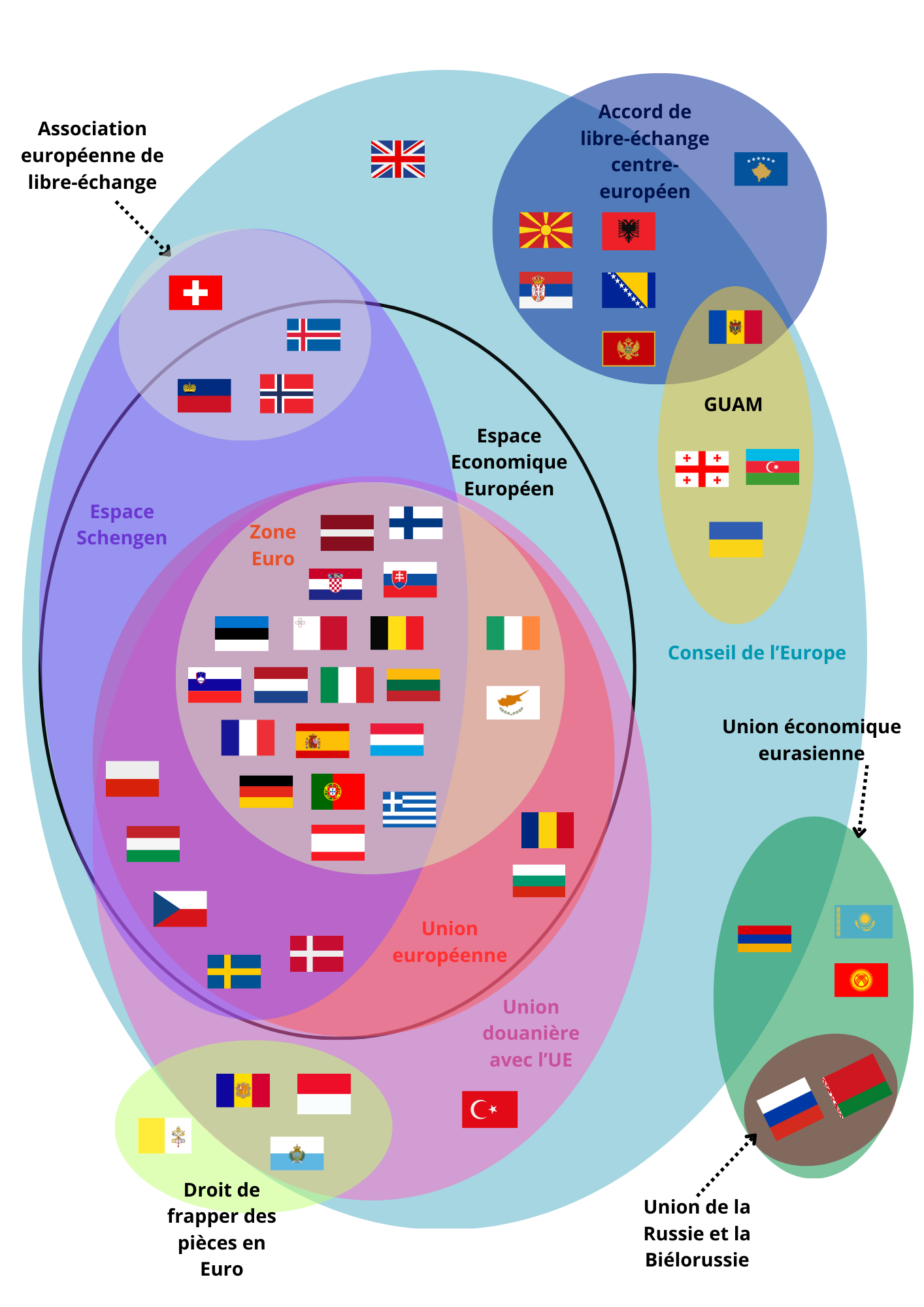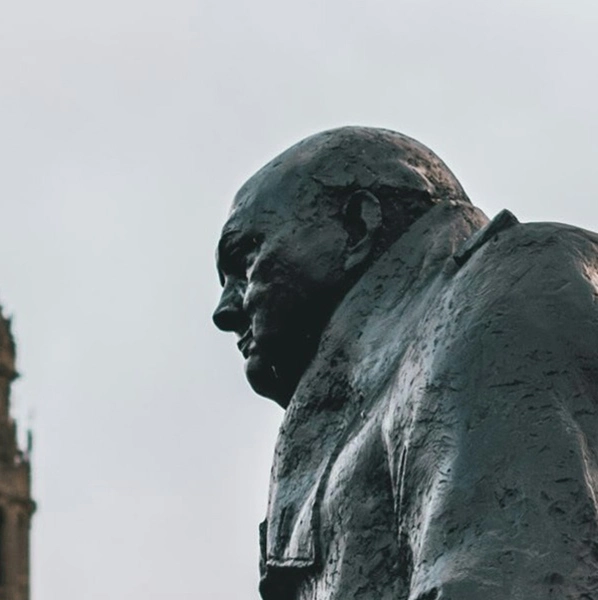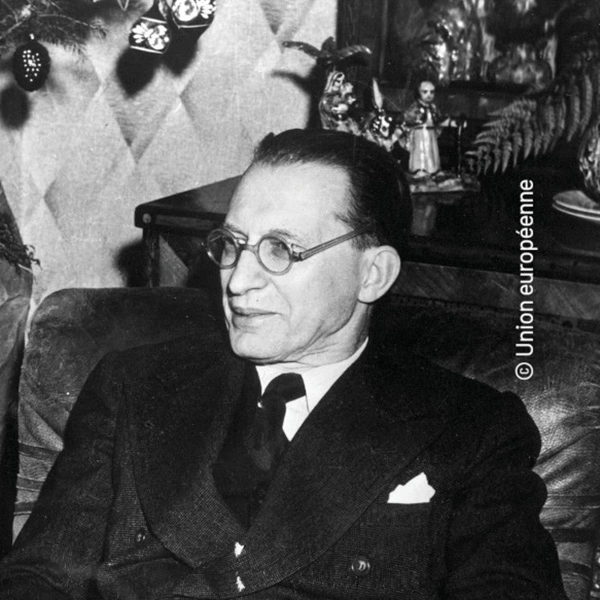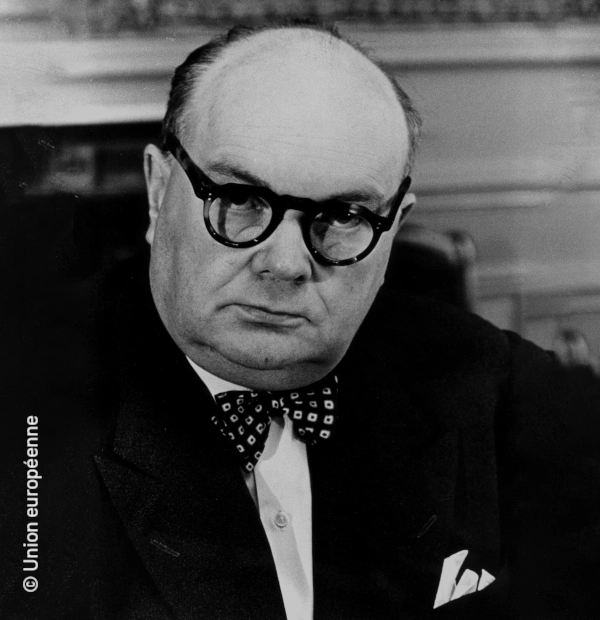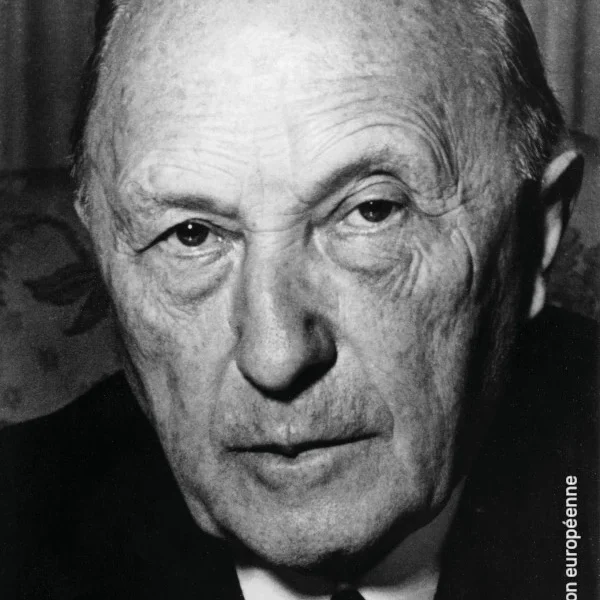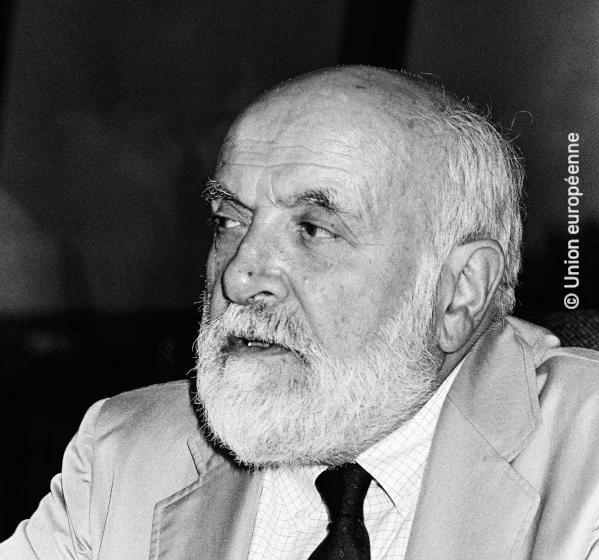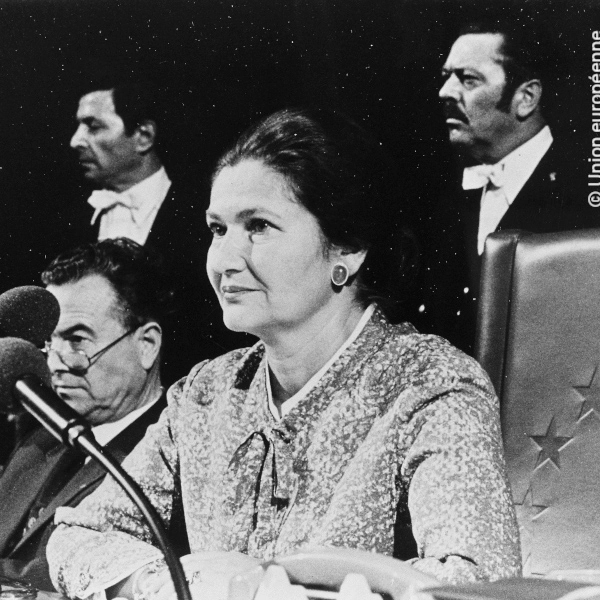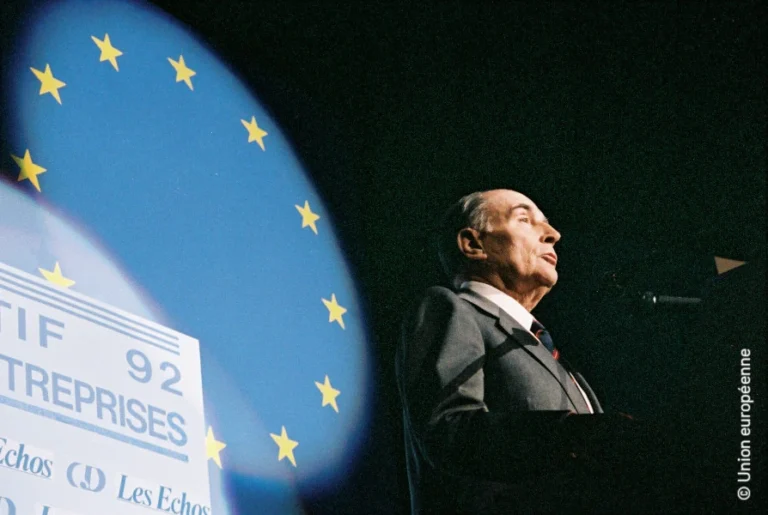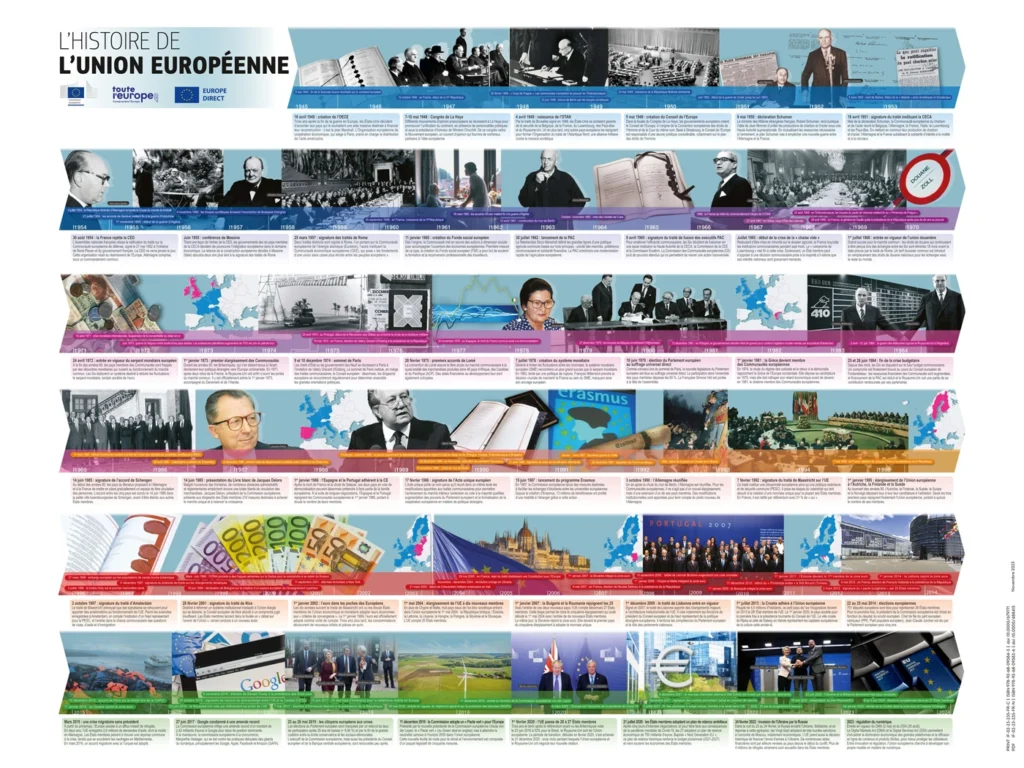Fundamentals of the European Union
Member States, milestones and key figures in European integration, citizenship, symbols, values...
What is the European Union?
From Europe of conquests to Europe of alliances between peoples
Beyond and before the European Union, Europe is a geographical and historical reality with very varying contours.
From Europe shaped by ancient Rome to Napoleonic conquests and then to the pan-European expansionism of Nazi Germany, Europe was first built by wars and the domination of a people over their neighbours.
However, since the Enlightenment century, thinkers have made emerge from the ideas for peaceful rapprochement of peoples as the Abbot of Saint Peter who evokes a union of European states to avoid wars, or Jean-Jacques Rousseau who advocates an association of European states for the same reasons.
Against war, in 1795 Emmanuel Kant advocated a federation of free states, while Victor Hugo in 1870 preferred to create a pan-European state.
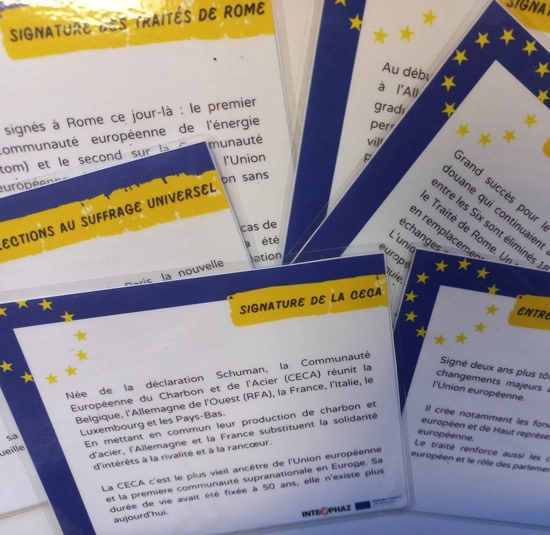
A multiple and multilevel Europe
Europe remains a set of states, nations, peoples, cultures, geographical entities and diverse landscapes that seek to unite in their diversity.
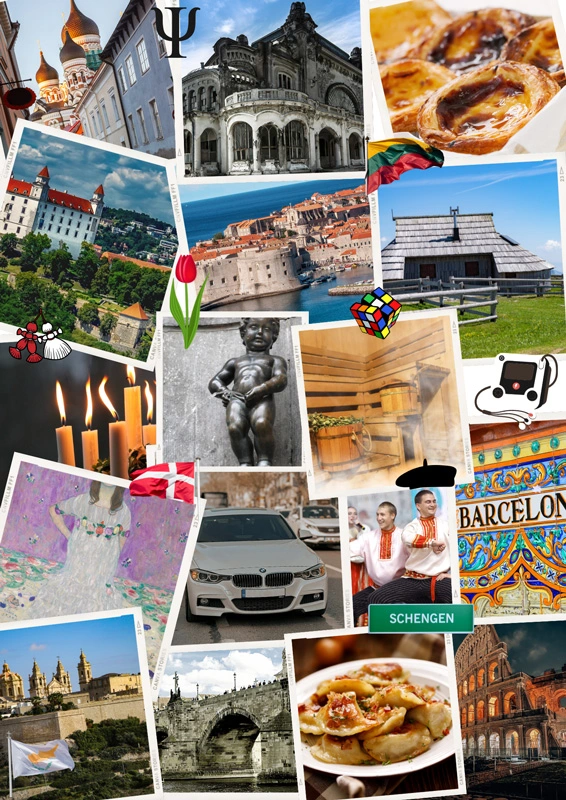
Europe by what constitutes it: states, peoples, their cultures, traditions, monuments...
Europe by what constitutes it: states, peoples, their cultures, traditions, monuments...
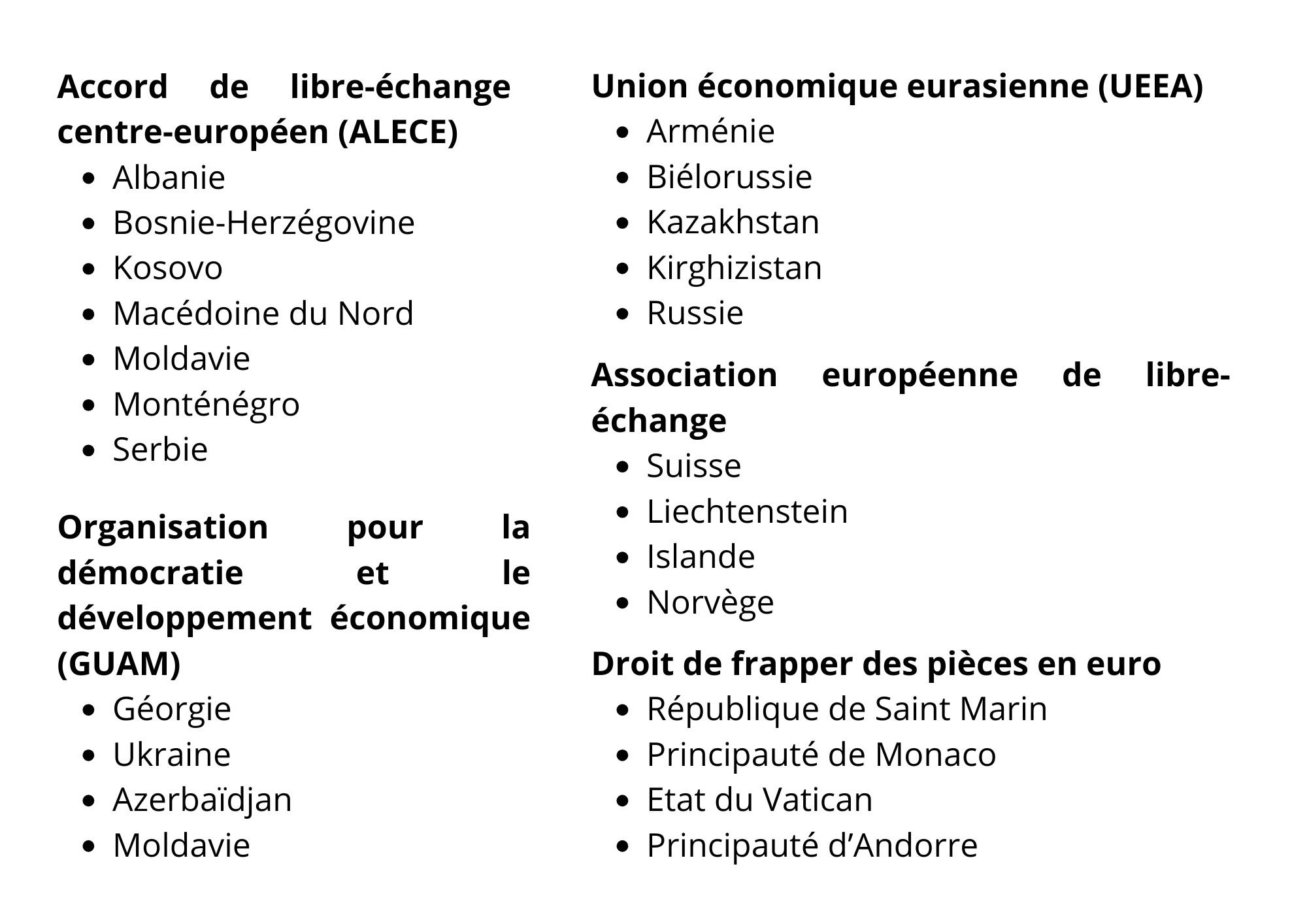
The founders and architects of the European Union
Some personalities have worked throughout their lives for European integration and the building of the European Union as we know it today.
Robert Schuman: architect of European integration
French Minister for Foreign Affairs from 1948 to 1952, in collaboration with Jean Monnet, his economic adviser.
- The Schuman Plan, presented on 9 May 1950: placing coal and steel production under a common authority, sharing « making war not only unthinkable but materially impossible »

Helmut Kohl
German Chancellor from 1982 to 1998
- Artisan of the Maastricht Treaty with François Mitterrand
The stages of European integration: the Treaties
Cooperation between States within the European Union is governed by treaties, adapted or amended to coincide with the deepening of European integration.
Treaty « founders »
Treaty of Paris (1951):
- Creation of the Coal and Steel Economic Community (ECSC)
- Removal of customs duties
Treaties of Rome (1957):
- Establishment of the European Economic Community (EEC)
- Establishment of the European Atomic Energy Community (Euratom or EAEC)
Maastricht Treaty (1992):
- Birth of European citizenship
- Decision on the creation of a single currency: the euro
Reform treaties
Single European Act (1986):
- Preparation of the single market: removal of obstacles to free movement and reduced customs duties
Treaty of Amsterdam (1997) and Nice (2001):
- EU competences strengthened: areas of public health, asylum and immigration
Lisbon Treaty (2007):
- Establishment of a Presidency post for the European Council for a two-and-a-half year term
- Establishment of the post of EU High Representative for Foreign Affairs and Security Policy
To obtain full PDF
Population
The five most populous countries Europe (Germany, France, Italy, Spain and Poland) account for two thirds of the EU population.
Malta is the least populated member country with 542,000 inhabitants.
$448.4 million as at 1 January 2023
The European population represents 5,6% of the world population.
It's the third most populous groupfar behind India (1.43 billion) and China (1.41 billion) but ahead of the United States (335 million), Russia (143.1 million) or Japan (124.5 million).
For learn more on the representation of citizens in the European institutions:
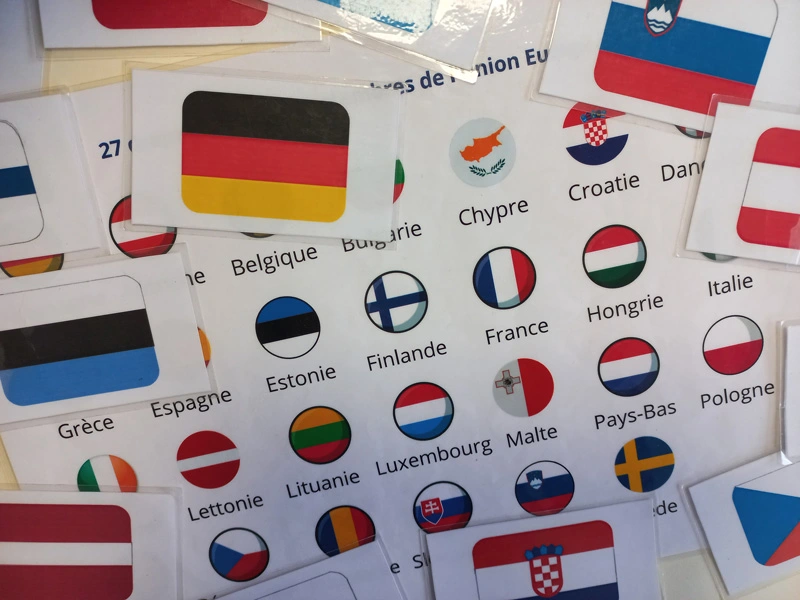
Each Member State of the European Union is represented in the European Parliament by MEPs.
The number of Members is proportional to the population of each State.
European citizenship
- Any person having the nationality of a Member State is automatically recognised as a citizen of the Union.
- European citizenship complements national citizenship without replacing it. It is a so-called citizenship « Overlay ».
European Union values
The European Union is based on values set out in Article 2 of the Lisbon Treaty and the Charter of Fundamental Rights of the European Union.
In 2012, the Union received Nobel Peace Prize for promoting "peace and reconciliation, democracy and human rights in Europe".
Respect for human dignity
Human dignity is inviolable. It must be respected and protected, and constitutes the very basis of fundamental rights.
Freedom
Freedom of movement gives citizens the right to move and reside freely within the Union.
Individual freedoms, such as privacy and freedom of thought, religion, assembly, expression and information, are protected by the EU Charter of Fundamental Rights.
Democracy
The functioning of the Union is based on representative democracy.
A European citizen automatically enjoys political rights. Every adult citizen of the Union has the right to stand for election and to vote in elections to the European Parliament.
Citizens of the Union shall have the right to vote and to stand for election in their country of residence or country of origin.
Equality
Equality is that of all citizens before the law. The principle of equality between women and men underpins all European policies and underpins European integration.
This equality applies in all areas. The principle of equal pay for the same work was incorporated into the Treaty of Rome of 1957.
Rule of law
The European Union is based on the rule of law. All actions of the Union are based on treaties, to which all Member States adhere democratically and voluntarily. Law and justice are guaranteed by an independent judiciary.
The EU countries have granted the Court of Justice of the European Union jurisdiction to rule as a last resort and its decisions must therefore be respected by all.
Respect for human rights, including the rights of persons belonging to minorities
Human rights are protected by the EU Charter of Fundamental Rights.
They include the right not to be discriminated against on grounds of sex, race or ethnic origin, religion or belief, disability, age or sexual orientation, as well as the right to personal data protection and access to justice.
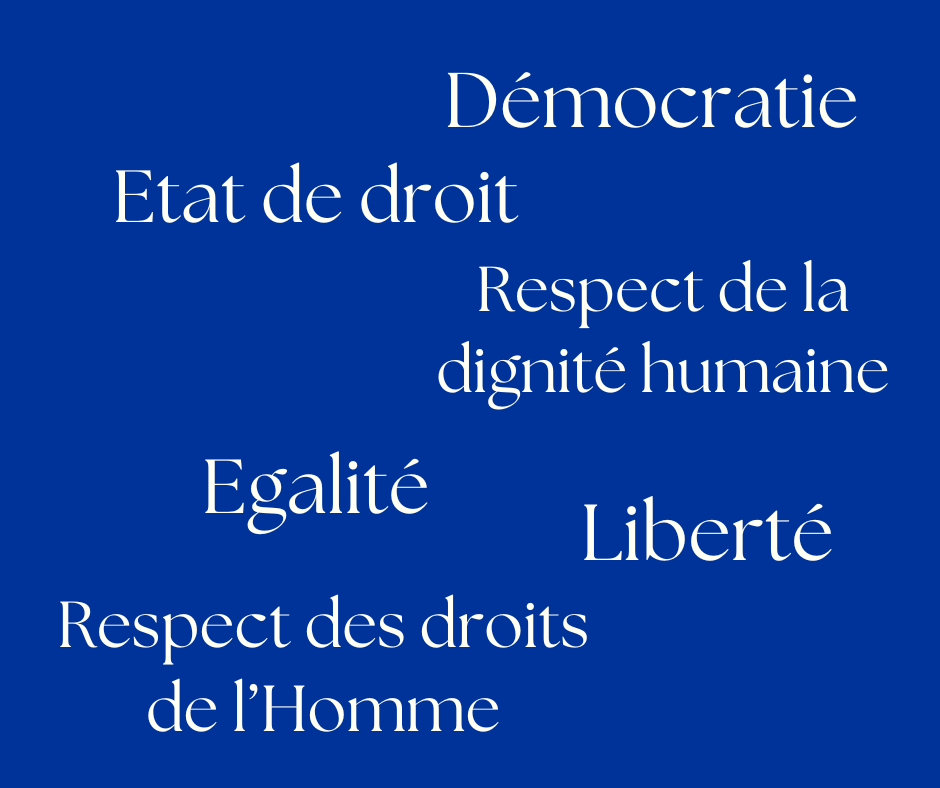
Respect for human dignity, freedom, democracy, equality, the rule of law and respect for human rights, the six values European Union.
A community of interests and destiny: the five symbols of common citizenship in the European Union
The common membership of citizens in the European Union is reflected in five symbols.
A European Flag
A currency
A hymn
A Day of Europe
May 9.
Considered as the founding text of the European Union, the Schuman Declaration, delivered on 9 May 1950, proposes the creation of a European organisation to pool French and German coal and steel production.
Europe Day was established in 1985 by the European Council.
A single currency
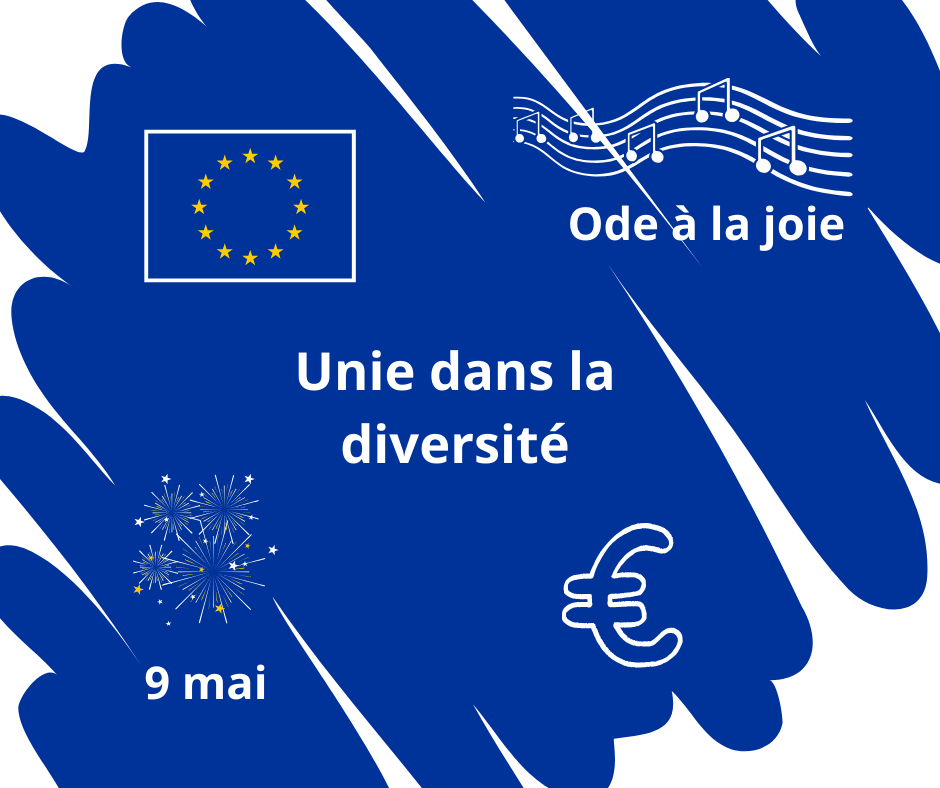
Five symbols of common citizenship in the European Union.
